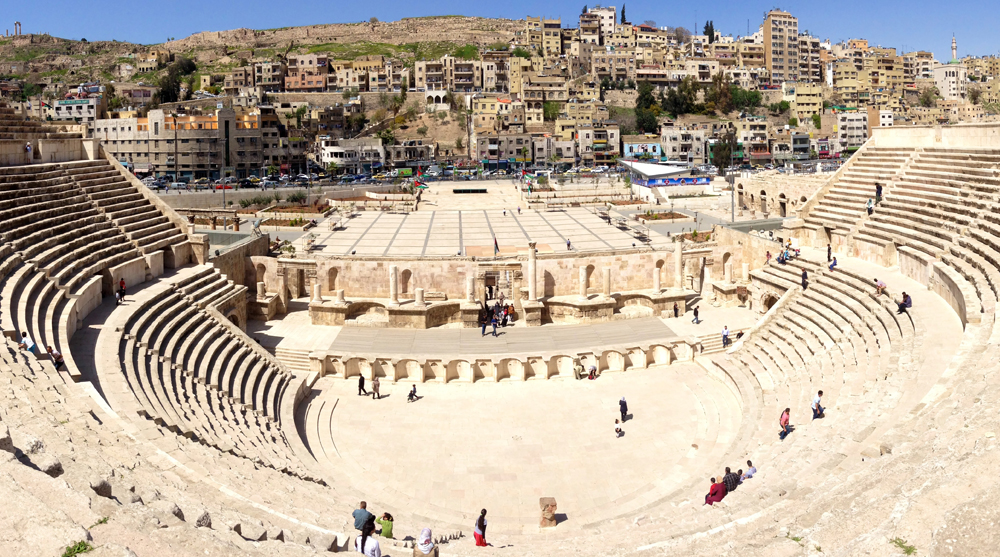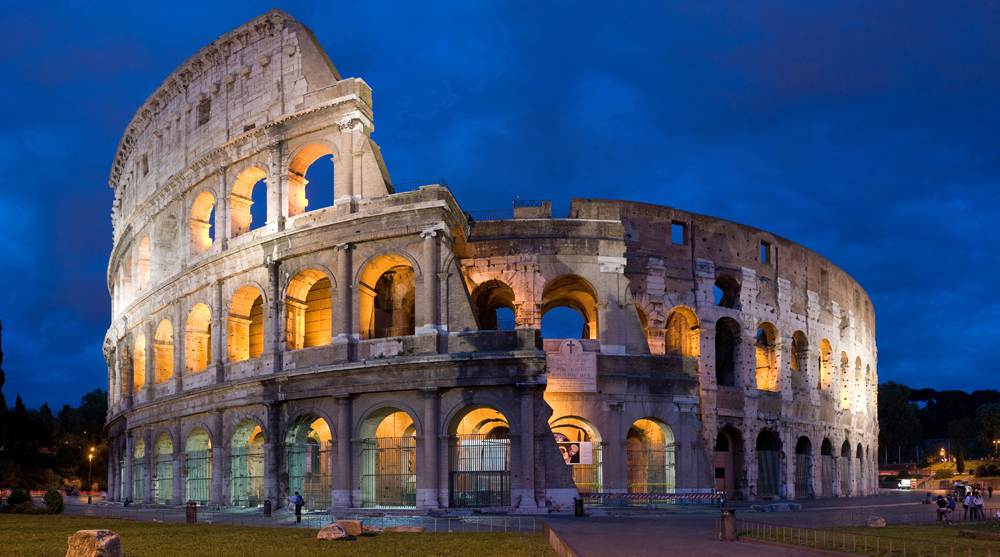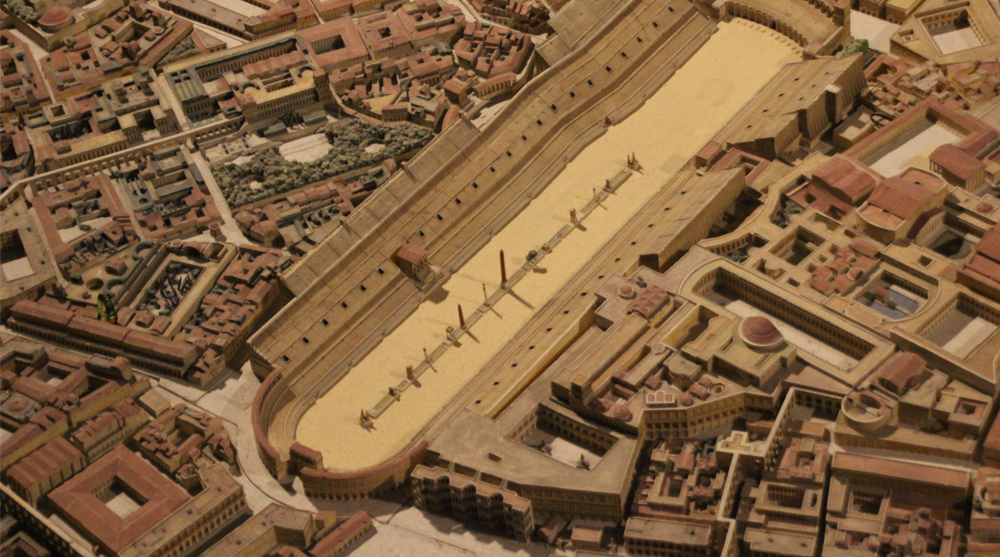Ancient Roman architecture featured a number of incredible innovations that allowed them to grow and maintain a colossal empire that stood for centuries. Important religious and political structures were, of course, incredibly important, but the center of attention for most of the public were the structures created for entertainment.
Many of the most magnificent ancient Roman entertainment structures are still standing today, and facilitated public spectacles on a scale never before seen.
Ancient Roman entertainment
Ancient Roman entertainment still captivates audiences today, with numerous movies and TV shows depicting the extraordinary lives of Roman gladiators, chariot racers, and the like, with much of it taking place in iconic structures like the Colosseum in Rome.
While theatres were popular in Ancient Rome, they were often temporary structures. Though adorned with incredibly rich displays of sculpture and architectural accessories, there are no permanent remains to confirm supposed eyewitness accounts. There have been accounts that describe stages with hundreds of columns and thousands of statues, thereby using architecture to add to the spectacle. However, the main stage for public entertainment was the amphitheatres.
Ancient Roman amphitheaters

Roman amphitheaters were host to all manner of public entertainment. Image source
These large, circular, open-air venues stood at the heart of ancient Roman entertainment, hosting all manner of events from gladiatorial contents to public spectacles such as executions. Literally meaning ‘theatre all round’, amphitheaters featured raised seating surrounding a central staging area, and can be distinguished from circuses and hippodromes - which were rectangular and built mainly for race events - and stadia which were built for athletics.
With over 200 amphitheatres known to public record, one stands out as by the most famous and is still a popular attraction to this day: the Colosseum.
Colosseum

The Colosseum spans 6 acres in total and seated an estimated 50,000 - 80,000 spectators when in operation. Image source
Also known as the Flavian Amphitheatre, Rome’s Colosseum began construction during the reign of Vespasian in 72 AD, only to be completed 8 years later during the rule of Emperor Titus. The scale of the Colosseum is still impressive today, spanning 6 acres in total and seating an estimated 50,000 - 80,000 spectators when in operation. The Colosseum sits on top of a honeycomb structure of arcades and vaults, with passages for spectators, rooms for gladiators, and cells for the animals that would be used for entertainment.
The bones of the Colosseum remain sturdy enough to house millions of visitors a year, even though the interior sheathing of coloured marble that would have been in place in its hay day has unfortunately disappeared.
Circus aka Hippodromes
The Greek design of the hippodrome was adopted and adapted by Roman architecture into a circus. Image source
Unlike amphitheaters, hippodromes were typically square or rectangular, and were effectively racecourses flanked by tiers of seats and a central grandstand; their elongated circuits originally designed for chariot and horse racing. The hippodrome was a concept that originated with the ancient Greeks, adopted during the Roman empire and referred to in Roman architecture as a circus. The largest Roman circus was the U-shaped Circus Maximus.
Circus Maximus

The Circus Maximus in the oldest and largest public space in Rome. Image source
The Circus Maximus in the oldest and largest public space in Rome. Legend says that the original plans for the Circus maximus were laid out in the 6th century BCE by the first Roman kinds, however it wasn’t until the reign of Julius Caesar that it became what it is today.
Located between the Aventine and Palatine Hills, the Circus Maximus featured an arena 600 by 225 meters, outstripping the Circus of Flaminius and the Circus of Maxentius as the largest in Rome, capable of seating some 300,000 spectators.
Its main function was that of a chariot racetrack and host of the Roman Games which honoured the Roman God, Jupiter. The competitors, very often slaves, would mount small chariots drawn by horses and race for the chance to earn their freedom, while throngs of Roman citizens watched and placed bets on the outcome.
The last official chariot race at the Circus Maximus took place in 549 CE, after which the site was largely abandoned. It was used for industry in the 19th century, but was finally cleared and converted into a public park resembling its original form in the 1930s.
Read more about how Roman architecture changed civilization on our architecture news and competitions website.
Top 3 Reasons Why You Should Enter Architecture Competitions
Curious about the value of architecture competitions? Discover the transformative power they can have on your career - from igniting creativity and turning designs into reality, to gaining international recognition.
Learn more



























